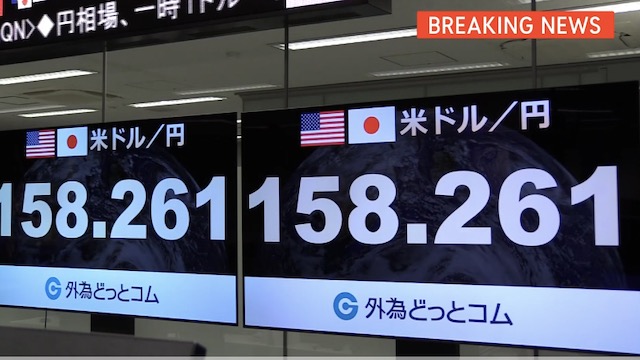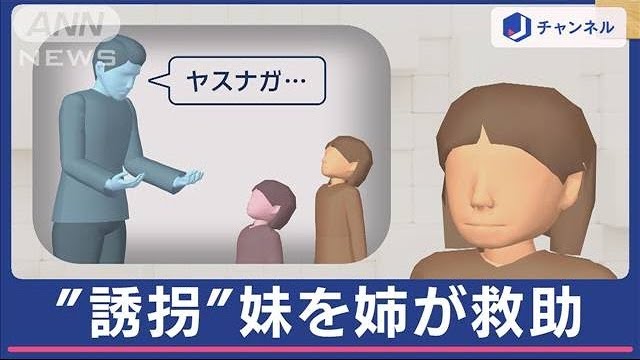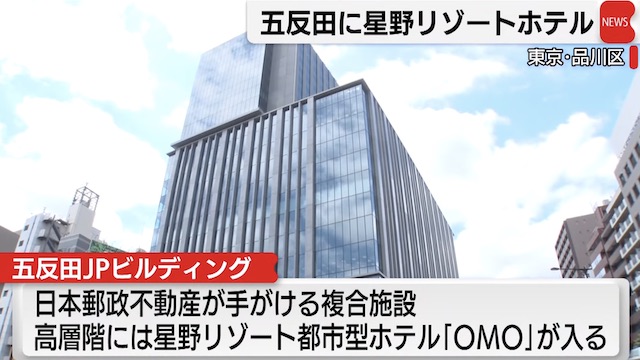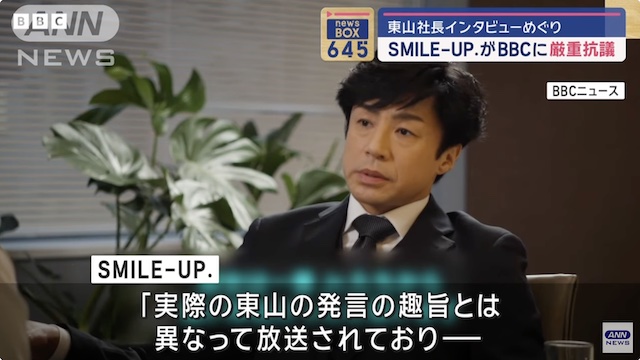Nov 16 (nbcnews.com) - Behind the barbed wire, the little boy pressed his ink-covered index finger onto the mint-green exit card. And a photograph was snapped of his frightened face.
Paul Tomita was four.
It was July 4, 1943. Independence Day at Minidoka, a camp in the vast Idaho desert, where over 13,000 Japanese American men, women and children were incarcerated during World War II as security risks because of their ancestry.
The wallet-sized paper meant the scared boy in the photo could leave after 11 months living in a cramped barracks with his father, mother, two sisters and grandmother.
Eight decades later, he returned with West Coast pilgrims who think the life-changing atrocity should be remembered. But now another government decision looms as a new threat — a wind project the pilgrims worry will destroy the experience they want to preserve.
If approved by the Bureau of Land Management, the Lava Ridge Wind Farm would put up 400 turbines on 118 square miles near Minidoka, where survivors say they are witnessing another attempt to bury the past.
“If Minidoka was a white memorial to white soldiers who died in whatever war it is, do you think that they would offer free land to Lava Ridge to develop their windmills there?” Tomita said. “Hell no.” ...continue reading










